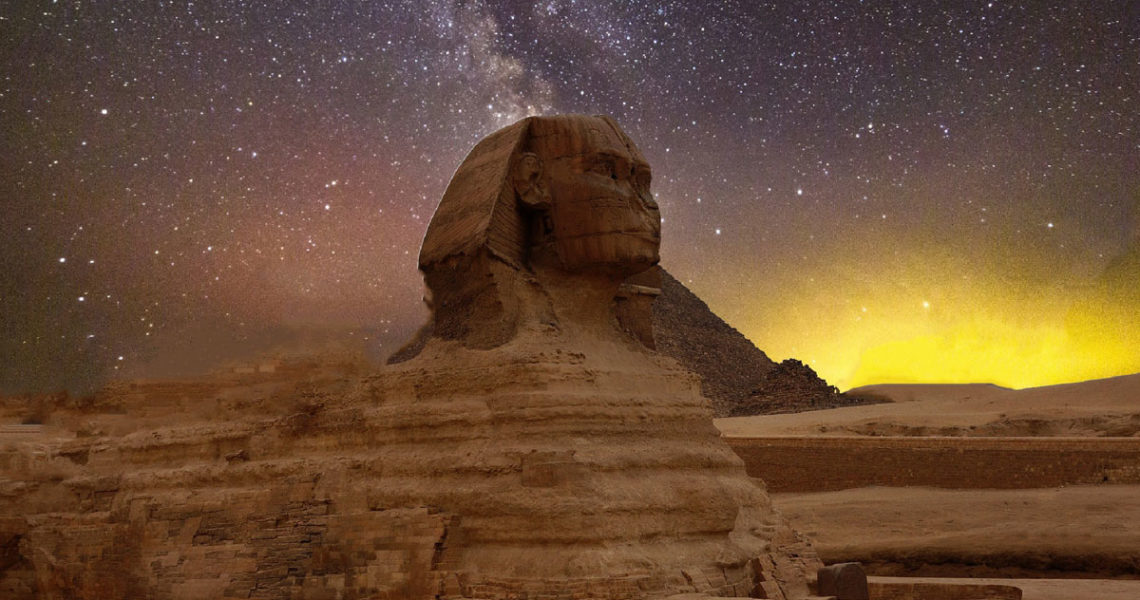Egypt, how Sindhu culture is connected with them?
Tracing the ancient roots is always a thrilling challenge. Egyptian civilization had a close connection with the Sindhu Culture. If we travel a millennia back, these settlements were just the two sides of the same coin. The Sindhu civilization can also be called as the Indus valley civilization. So let’s dig up the ancient times!!
Egyptian civilization: The civilization had great rivers flowing making the land fertile. It provided various opportunities for the early humans. The Egyptian civilization was around 3100 BC. It consisted of the Nile valley and the delta. The Egyptian society was indeed very advanced. This is possible because only an advanced society can make such huge monuments and pyramids with such scientific accuracy. The most significant of this is the pyramid of kheops of Gizeh dated 2600 BC. The full urban settlement evidences lack in the archaeological surveys. The reasons can vary. Since they wanted peaceful living, strong walls were created so it caused more urban mobility. It was mainly an agrarian economy with each city having a different Pariah or leader. All durable materials were used for temple and tomb construction. The dwelling places were made of bricks thus forming a rural settlement. The Egyptian civilization can be divided into five periods namely pre dynastic ( 2600BC), old kingdom(2600- 21800BC), middle kingdom ( 2080-1640 BC), New kingdom ( 1570-1075 BC) and Late dynastic period( 1070-332 BC). The dwelling pattern of the Egyptian civilization was tilted towards the north and the temples towards the east. The outline of the settlements varied from rectangular to square. However, during the early days, the settlements were mostly oval or round. The proportion of settlement varied from 1:1 to 1:2. Water was very crucial and the settlements were around the banks of river Nile. The civilization was dominated by the ruling class that is the Pharaohs who ruled in the Great House which was a palace or court kind of a place. The civilization was divided into four classes namely, upper class consisting of nobles and high officials, middle class having business people and teachers, the lower class of farmers and labourers and the bottom class consisted of slaves who were prisoners from the North east. They believed in four cosmologies and temples played an important part. However, during the later ages Kings were transformed to Gods and the priests took care of other things. They were believers in after life and built their tombs on the west of the river Nile as the sun sets on the west. The west signified death and east life so they made their temples on the east so that the dead can make a journey from death to life again. They had a very planned settlement pattern with excellent drainage systems. They had standardized plot sizes with luxurious homes for the wealthy.
Indus valley civilization: The Indian culture or the Sindhu tradition was also known as the Indus valley civilization as it grew around the banks of river Indus. Like the Egyptian civilization, Indus valley was also an agrarian economy. It dates back to 1750 BC much analogous to the Egyptian society. The Sindhu Culture is known for highly organized cities and fortified citadels. They were highly artistic and many crafts were discovered. They were great administrators. Being a Bronze age civilization, it mainly had bronze and copper objects. In terms of geography, the Sindhu civilization resembles Egypt. It had alluvial plains from the Indus river. It enjoyed heavy rainfall with plenty of vegetation. However, the total area of the settlement was much more than the Egyptian civilization. Much similar to Egyptian civilization, Indus valley civilization had fertile lands and depended on rainfall for irrigation. They had profitable trade with the foreign lands including Egyptian civilization. This civilization had an urban settlement pattern. They had excellent town planning. The rich people had houses with courtyard and paved bathroom much like the Egyptian civilization. However, the Indus valley people did not build high monuments unlike the Egyptian people. The cluster pattern was rectangular much similar to the Egyptian civilization. Their architectures are commendable and they had places like the Great Bath. They had magnificent drainage and disposal systems which cannot be seen even today.
So both these civilizations were well advanced and had many things in common. They were the different trees from the same root. Keep following us. We will be back with next article. Stay safe and take care.
